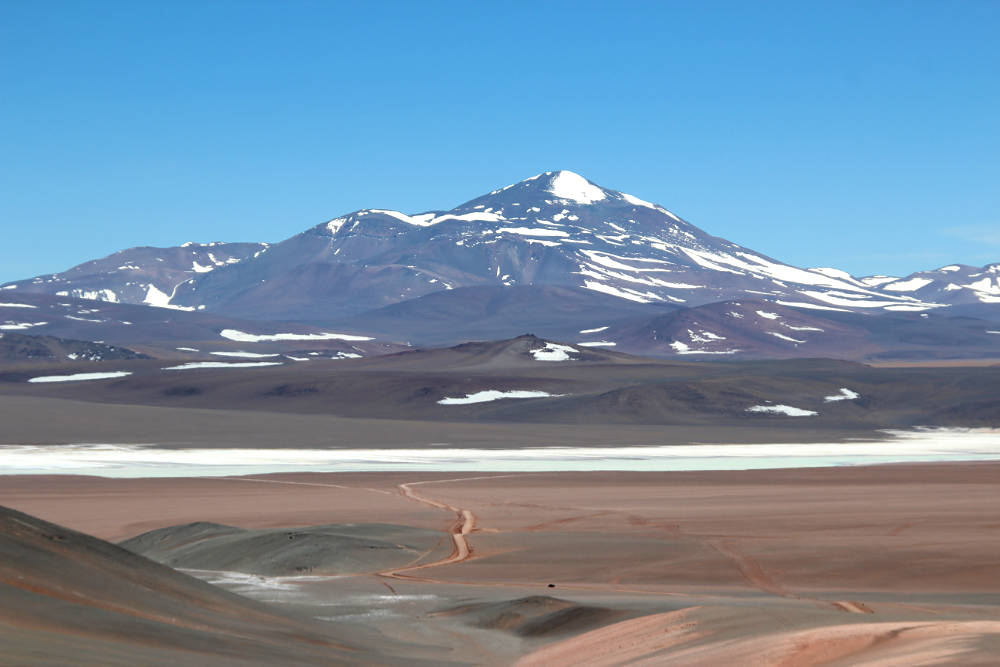- Selected art museums
- Museo Nacional
- MALBA
- M. de Arte Moderno BA
- Museo Xul Solar
- M. de Bellas Artes Salta
- Prehispanic cultures
- El Shincal de Quimivil
- Pucará de Tilcara
- Quilmes Ruins
- MAAM Salta
- Museum Ambrosetti
For an optimal view of our website, please rotate your tablet horizontally.
In the middle of an awesome and enigmatic landscape in the northwest of the province La Rioja, the Laguna Brava is a unique tourist destination that deserves special attention.
Located some 4230 meters above sea level, it is surrounded by several of the highest peaks in Argentina: Mount Pissis (6795 m), the Bonete Chico (6759 m), Bonete Grande (5943 m) and the snow-capped Veladero (6436 m), all dormant volcanoes.
With a water surface up to 17 km by 3 km, it is refuge for large populations of threatened water birds, such as the Parina Grande Andean flamingos and James's flamingos. It is part of a system of shallow salty high Andean lagoons, associated with altiplano wetlands. These wetlands with graminoid vegetation are the habitat of vicuñas and guanacos, and various species of ducks, plovers, black-chested eagles, hawks, pumas and red foxes.
Initially, the Laguna Brava Provincial Reserve was created in 1980, mainly to protect the vicuña population. It occupies part of the departments of Vinchina and General Lamadrid and covers an area of 405,000 hectares.

Reserva Provincial Laguna Brava
Depto. Vinchina y Gral. Lamadrid
Provincia de La Rioja
Visit exclusively in excursions organized by guides and with authorized agencies.
From Villa Unión, a town with a good tourist infrastructure, you can get there through RN 76. There are about 180 km with asphalt and gravel stretches.
Location on map
© Texts and photos are protected by copyright.
Compilation of information, editing, translations, photos: Universes in Universe, unless otherwise indicated